You won't find the Porsche symbol anywhere, but believe me, you're seeing a real Porsche. Unveiled in 1994, at the Beijing Salon, the Porsche C88 it should be to the Chinese more or less what the Beetle was to the Germans, a new “people's car”.
Looking at it, we would say that it seems to us more like a kind of Dacia Logan — the C88 appeared 10 years before the low cost Romanian proposal with French genes. However, the C88 was limited to prototype status and would never see “the light of day”…
How does a manufacturer like Porsche come up with a car of this nature, far removed from the sports cars we are used to?
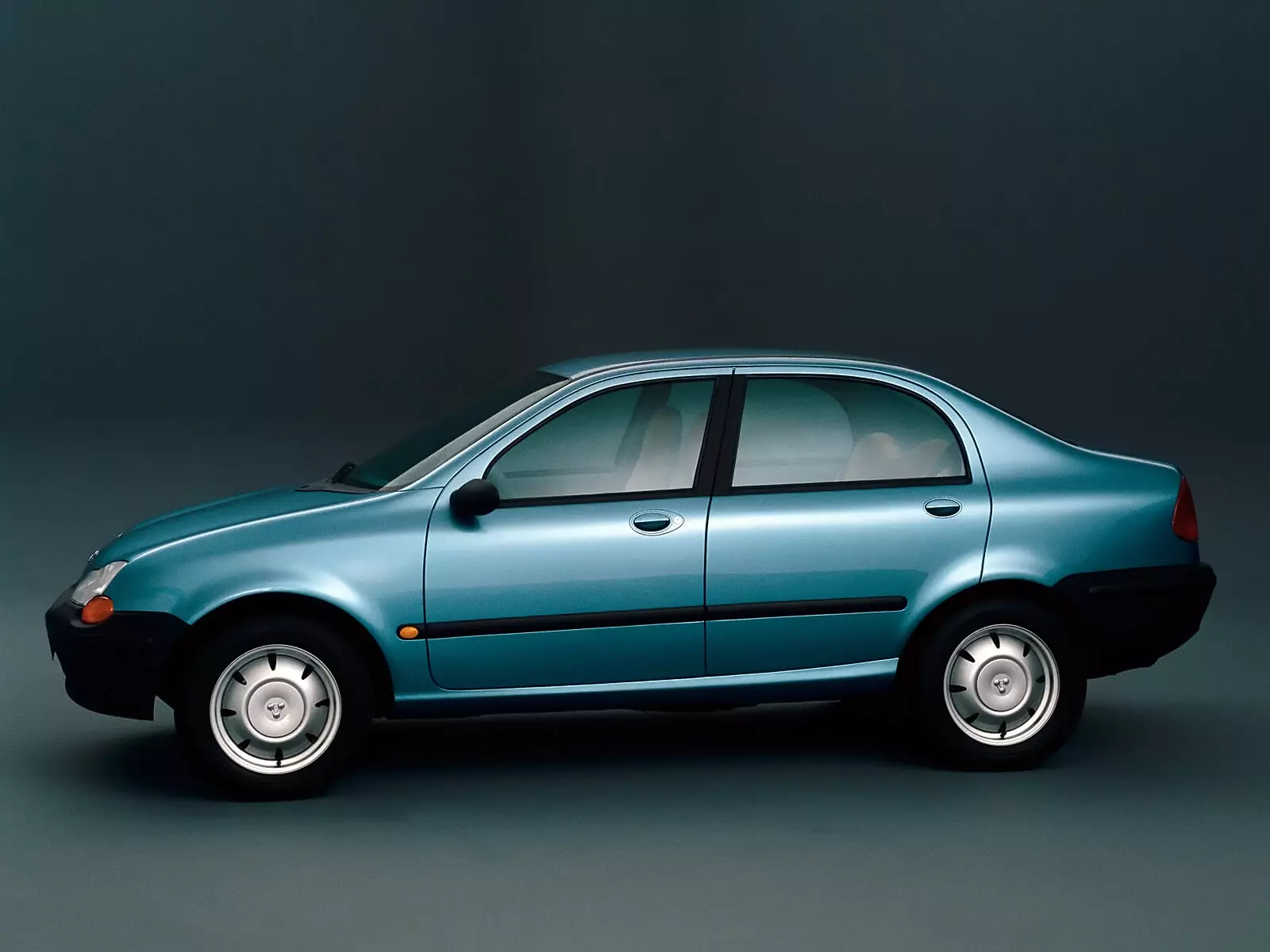
the sleeping giant
We have to remember that we were in the first half of the 90's — there was no Porsche SUV, nor Panamera... Incidentally, Porsche at this stage was an independent manufacturer that was going through serious difficulties — if in recent years we have seen the Stuttgart brand accumulate records of sales and profits, in 1990, for example, had only sold about 26,000 cars.
Behind the scenes, work was already being done on what would be the brand's savior, the Boxster, but Wendelin Wiedeking, the brand's CEO at the time, was looking for more business opportunities to return to profits. And that opportunity arose, perhaps, from the most unlikely place of all, China.
Subscribe to our newsletter
Still far from being the economic giant that it is today, in the 1990s the Chinese government set itself the objective of developing a national automobile industry, with its own development centers. One that was not dependent on the European and American manufacturers that already produced in the country: Audi and Volkswagen, Peugeot and Citroën, and Jeep.
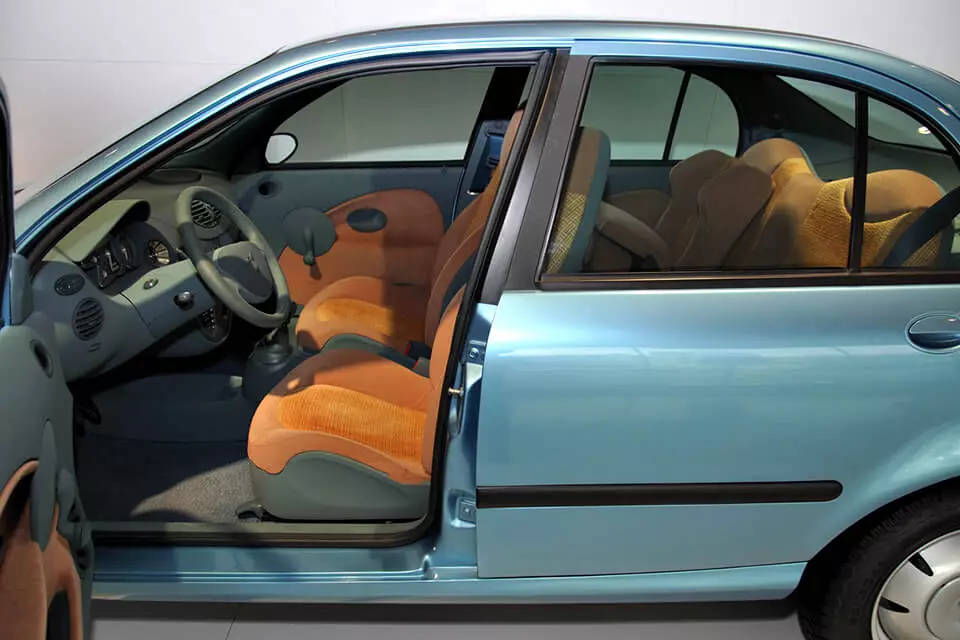
The Chinese government's plan had several phases, but the first was to invite 20 foreign car manufacturers to design an experimental family vehicle for the Chinese people. According to the publications at the time, the winning project would reach the production line at the turn of the century, through a joint venture with FAW (First Automotive Works), a state-owned company.
In addition to Porsche, many brands responded to the Chinese invitation, and in some cases, such as Mercedes-Benz, we also got to know their prototype, the FCC (Family Car China).
Developed in record time
Porsche also accepted the challenge, or rather Porsche Engineering Services. A division not strange to develop projects for other brands, at the time even a necessity, due to the lack of income from the Stuttgart builder at the time. We've already talked about these and other “Porsche” here:
Developing a small family member for the Chinese market would not be, therefore, something “out of this world”. It took no more than a mere four months to shape the Porsche C88 — record development time…
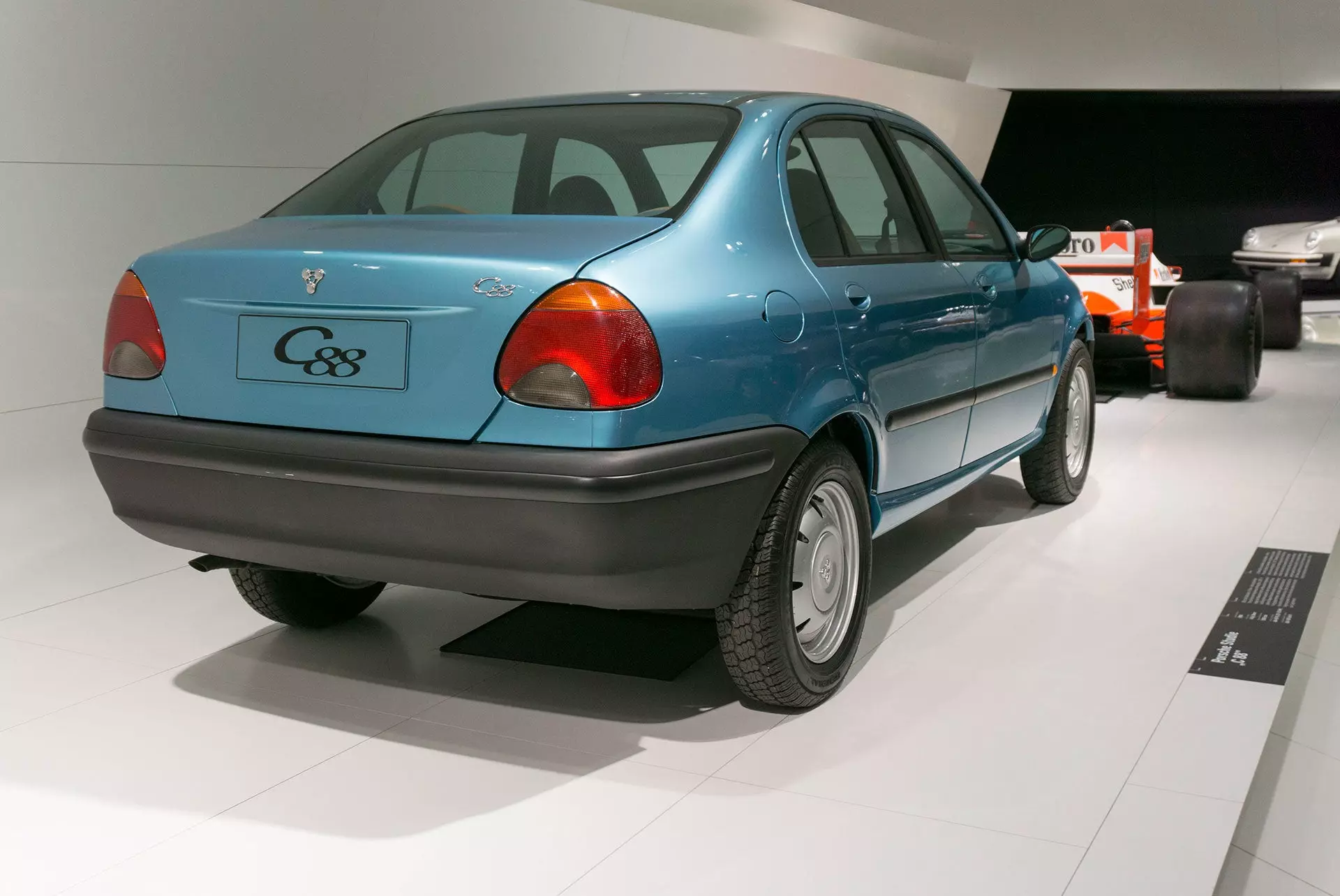
There was even time to plan a model family that would cover most of the market. In the end we would only know the C88, precisely the top of the range in the family. A compact three-door hatchback capable of carrying up to four passengers was planned on the access step, and the step above included a family of models with three and five doors, a van and even a compact pick-up.
Despite the C88 being the biggest of them all, it is, in our eyes, a very compact car. The Porsche C88 measures 4.03 m in length, 1.62 m in width and 1.42 m in height — on par with a B-segment in length, but much narrower. The trunk had a capacity of 400 liters, a respectable value, even today.
Powering it was a small four-cylinder with 1.1 l of 67 hp — the other models used a less powerful version of the same engine, with 47 hp — capable of reaching 100 km/h in 16s and reaching 160 km/h . In the plans was still a 1.6 Diesel (without turbo) also with 67 hp.
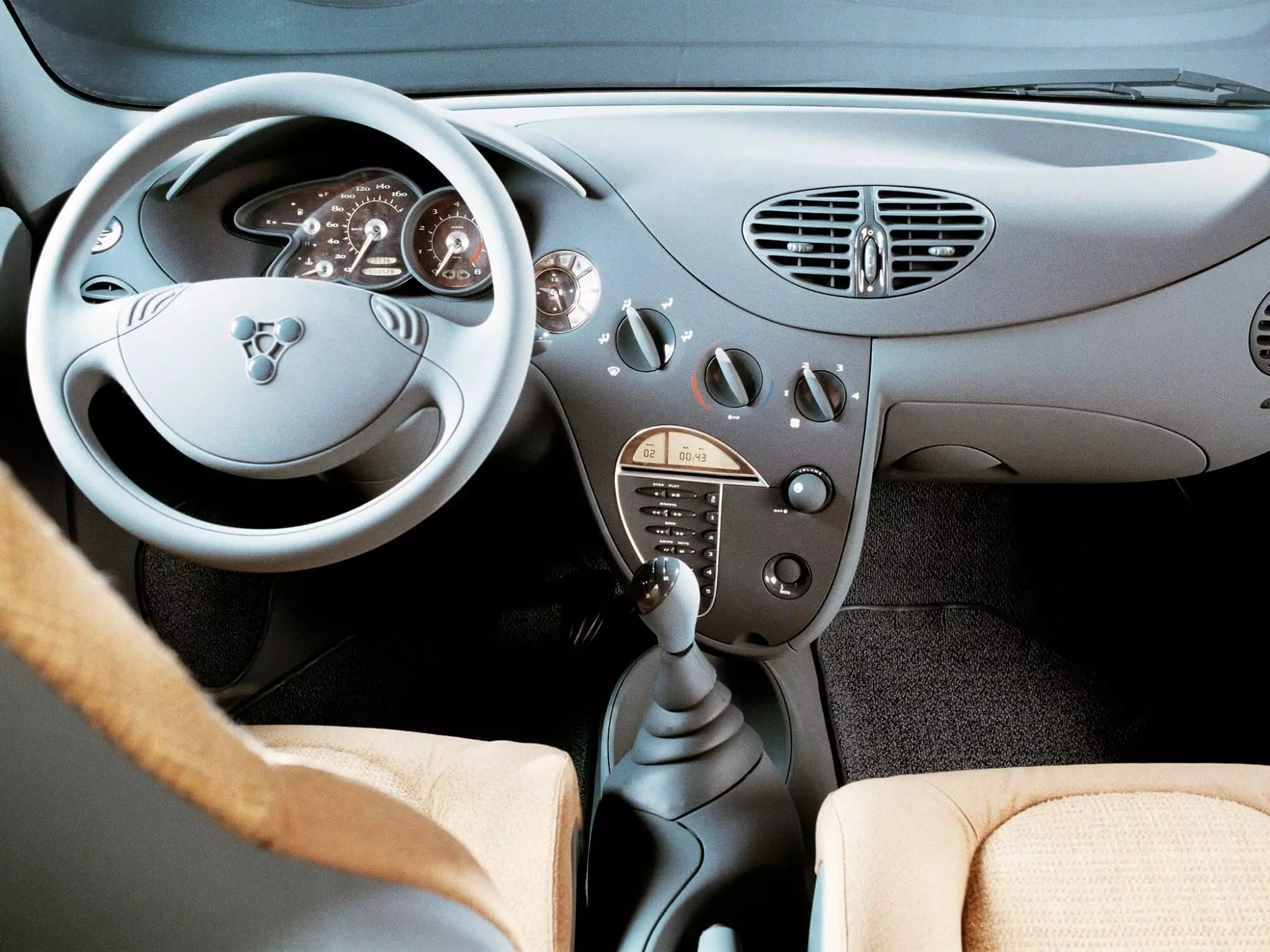
Being the top of the range, the C88 customer could have access to luxuries like front airbags and ABS. And even, as an option, there was an automatic… four-speed. It was still a low-cost project — the prototype featured unpainted bumpers and the wheels were iron items. The interior was also somewhat spartan, despite the contemporary design. But far from the “bling bling” typical of salon models.
Despite this, the Porsche C88 was the only one of the three models planned to also be designed for export markets, being prepared to exceed the safety and emission standards in force at the time in Europe.
Why C88?
The designation chosen for this species of “Dacia Logan” by Porsche, has a hint of symbolism… Chinese. If the letter C corresponds (possibly) to the country, China, the number “88” is, in Chinese culture, associated with good luck.
As we've already mentioned, there isn't a single Porsche logo visible either — the C88 was not designed to be sold under the Porsche brand. This was conveniently replaced by a new logo with a triangle and three circles representing the “one-child policy” then in force in China.
Its soft, understated design was chosen not to look dated when it went into production at the beginning of the new century to come.
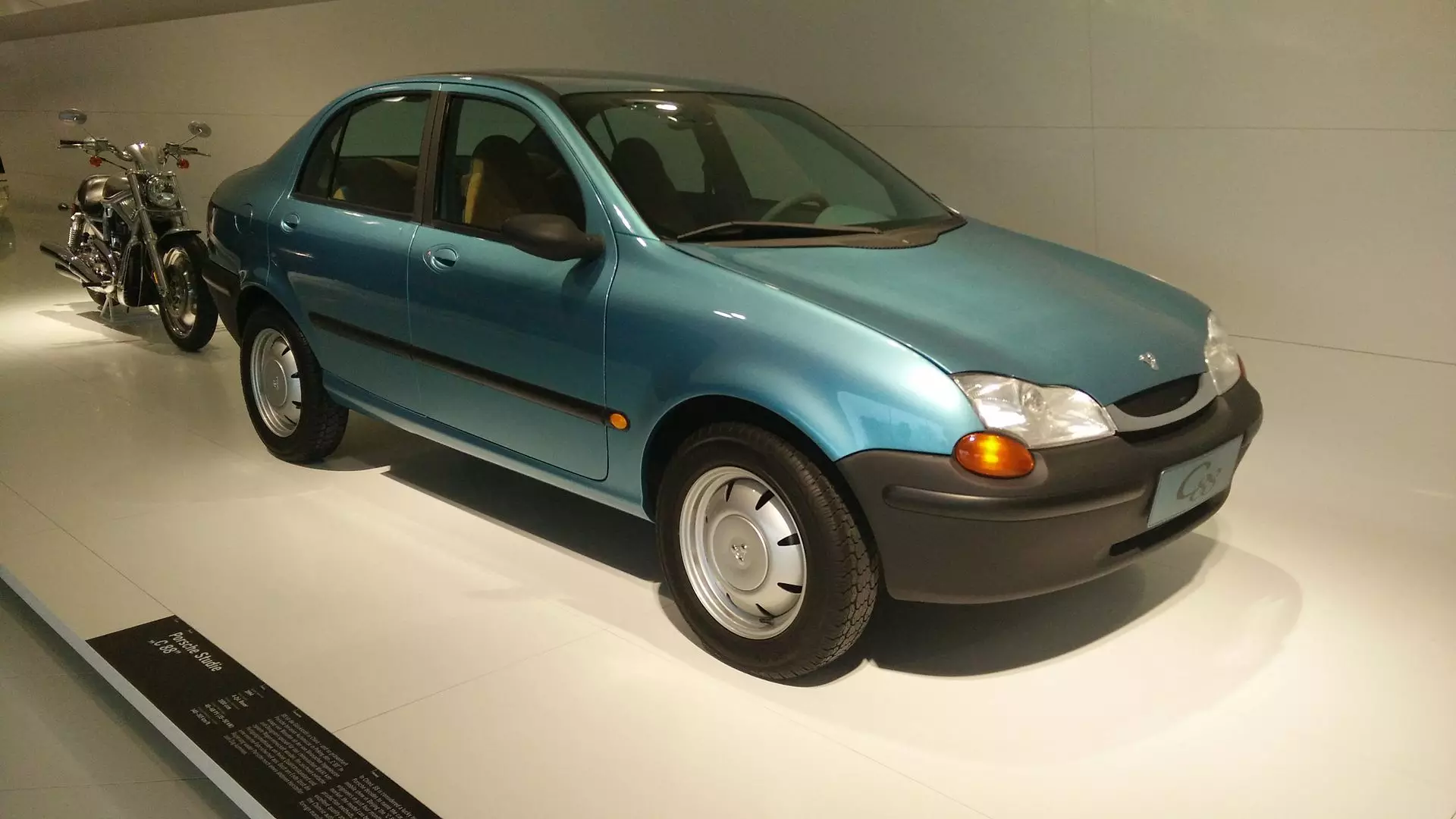
It was never born
Despite Wendelin Wiedeking's enthusiasm around the project — he even gave a speech in Mandarin during the presentation — it never saw the light of day. Almost out of nowhere, the Chinese government canceled the entire Chinese family car project without ever electing a winner. Many of the participants felt that everything was just a waste of time and money.
In the case of Porsche, in addition to the vehicle, it was planned to build a factory in China with an estimated annual production of between 300,000 and 500,000 vehicles derived from the C88. It even offered a training program to Chinese engineers in Germany to ensure that the quality of the final product was on par with any other product in the world.
Also on this topic, the director of the Porsche Museum, Dieter Landenberger, revealed in 2012 to Top Gear: “the Chinese government said “thank you” and took the ideas for free and today when we look at Chinese cars, we see in them many details of the C88″.
